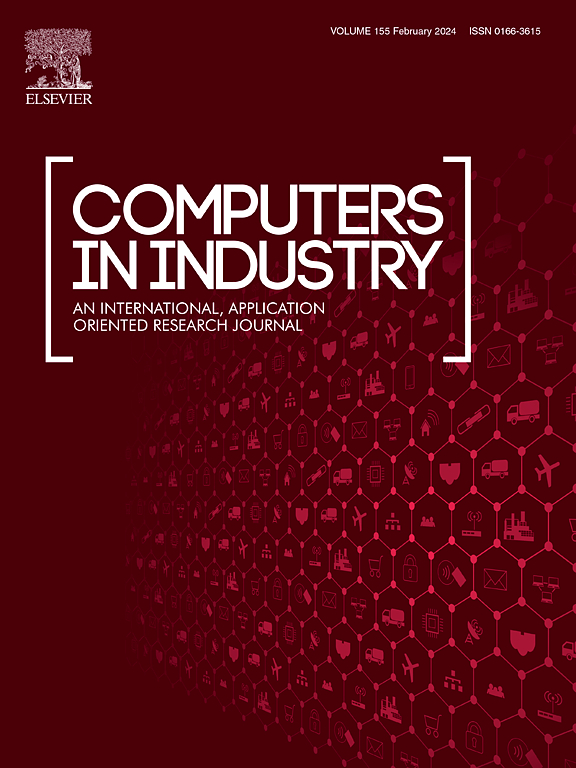MiniMaxAD: A lightweight autoencoder for feature-rich anomaly detection
IF 8.2
1区 计算机科学
Q1 COMPUTER SCIENCE, INTERDISCIPLINARY APPLICATIONS
引用次数: 0
Abstract
Previous industrial anomaly detection (IAD) methods often struggle to handle the extensive diversity in training sets, particularly when they contain stylistically diverse and feature-rich samples, which we categorize as feature-rich anomaly detection datasets (FRADs). This challenge is evident in applications such as multi-view and multi-class scenarios. To address this challenge, we developed MiniMaxAD, a efficient autoencoder designed to efficiently compress and memorize extensive information from normal images. Our model employs a technique that enhances feature diversity, thereby increasing the effective capacity of the network. It also utilizes large kernel convolution to extract highly abstract patterns, which contribute to efficient and compact feature embedding. Moreover, we introduce an Adaptive Contraction Hard Mining Loss (ADCLoss), specifically tailored to FRADs. In our methodology, any dataset can be unified under the framework of feature-rich anomaly detection, in a way that the benefits far outweigh the drawbacks. Our approach has achieved state-of-the-art performance in multiple challenging benchmarks. Code is available at: https://github.com/WangFengJiee/MiniMaxAD.

MiniMaxAD:一个轻量级的自动编码器,用于功能丰富的异常检测
以前的工业异常检测(IAD)方法通常难以处理训练集的广泛多样性,特别是当它们包含风格多样化和特征丰富的样本时,我们将其分类为特征丰富的异常检测数据集(FRADs)。这一挑战在多视图和多类场景等应用程序中很明显。为了应对这一挑战,我们开发了MiniMaxAD,这是一种高效的自动编码器,旨在有效地压缩和记忆来自正常图像的大量信息。我们的模型采用了一种增强特征多样性的技术,从而提高了网络的有效容量。它还利用大核卷积提取高度抽象的模式,有助于高效紧凑的特征嵌入。此外,我们还引入了一种专门为FRADs量身定制的自适应收缩硬挖掘损失(ADCLoss)。在我们的方法中,任何数据集都可以统一在特征丰富的异常检测框架下,以一种利远大于弊的方式。我们的方法在多个具有挑战性的基准测试中取得了最先进的性能。代码可从https://github.com/WangFengJiee/MiniMaxAD获得。
本文章由计算机程序翻译,如有差异,请以英文原文为准。
求助全文
约1分钟内获得全文
求助全文
来源期刊

Computers in Industry
工程技术-计算机:跨学科应用
CiteScore
18.90
自引率
8.00%
发文量
152
审稿时长
22 days
期刊介绍:
The objective of Computers in Industry is to present original, high-quality, application-oriented research papers that:
• Illuminate emerging trends and possibilities in the utilization of Information and Communication Technology in industry;
• Establish connections or integrations across various technology domains within the expansive realm of computer applications for industry;
• Foster connections or integrations across diverse application areas of ICT in industry.
 求助内容:
求助内容: 应助结果提醒方式:
应助结果提醒方式:


